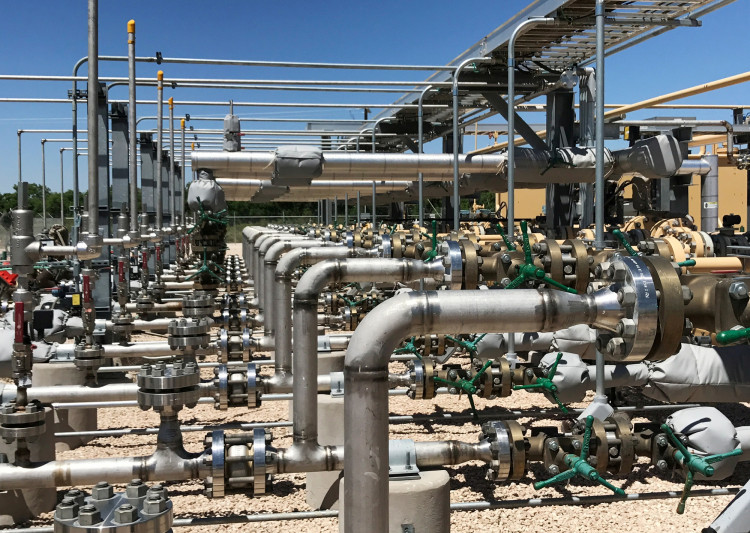Oil prices soared on Friday, with Brent crude reaching its highest levels in over three months, driven by cold weather, declining inventories, and the prospect of further sanctions on key exporters, Russia and Iran. The surge highlights mounting supply concerns as global markets navigate tightening fundamentals and geopolitical uncertainties.
Brent crude futures rose $2.66, or 3.5%, to $79.58 per barrel by mid-morning in London, while U.S. West Texas Intermediate (WTI) climbed $2.64, or 3.6%, to $76.56. The rally marks the third consecutive week of gains, with Brent advancing 9% and WTI jumping 10% since late December.
"There are several drivers today," noted Ole Hansen, head of commodity strategy at Saxo Bank. "Longer term, the market is focused on the prospect for additional sanctions. Short term, the weather is very cold across the U.S., driving up demand for fuels."
Market dynamics are shifting as traders prepare for potential new sanctions targeting Russia's economy and oil exports. U.S. President Joe Biden is expected to announce measures against Russia in his final days in office, while incoming President Donald Trump's policies are anticipated to heighten risks for Iranian crude flows. "That would be the farewell gift of the Biden administration," said Tamas Varga, an analyst at PVM Oil Associates.
Cold weather across the U.S. and Europe is further intensifying oil demand. The U.S. National Weather Service forecasts below-average temperatures across central and eastern regions, driving increased consumption of heating fuels. Similarly, Europe is experiencing an unusually cold start to the year, contributing to higher energy needs. JPMorgan analysts project a year-over-year global oil demand increase of 1.6 million barrels per day in the first quarter, citing rising use of heating oil, kerosene, and liquefied petroleum gas (LPG).
Adding to the bullish sentiment is a notable contraction in U.S. crude inventories. Stocks at the Cushing, Oklahoma, storage hub have dropped to their lowest level since 2014, according to government data released earlier this week. The premium on front-month Brent contracts over six-month futures widened to 78 cents a barrel, up from 29 cents a month ago, signaling tighter market conditions.
"All one needs to do when assessing the current state of the oil market is to look at assorted spreads," said Varga. "They imply genuine physical tightness, and derivative traders are not afraid to react."
The geopolitical backdrop also looms large. Trump's upcoming inauguration has stoked fears of increased energy trade disruptions. The president-elect has signaled intentions to authorize drilling on federal lands and impose tariffs on Canadian imports, potentially including crude oil. These moves could exacerbate supply uncertainty in a market already grappling with constrained flows from Russia and Iran.
Despite the bullish momentum, some analysts remain cautious. JPMorgan expects oil prices to stabilize near current levels throughout 2025, while Bank of America forecasts Brent could retreat to $65 per barrel. Francisco Blanch, head of commodities research at Bank of America, remarked, "Oil's been supported by weather for the most part. Still, we do think that the market is in surplus - we have more barrels of oil coming than the market wants to buy."
Inflationary pressures are another factor supporting crude prices. Investors are increasingly turning to oil futures as a hedge against rising consumer prices, driven in part by Trump's proposed tariffs. However, China's cooling inflation, which has approached zero, underscores lingering economic challenges globally.






